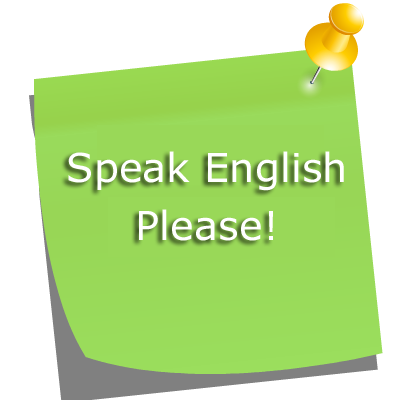My Birthday Wishes for Someone Special!
June 22, 2014
Gee, today is your Birthday! Seems like it just happened yesterday when you were "22". Time flies so fast indeed! But who says you are 32? haha! By the way, I have a revelation to make. Ronan, is a type of guy who...
One Sunny Afternoon
June 16, 2014
Hello everyone! This is part two of "My tot's funny stories". If you miss reading the first part last time, here it is. I can't say it will make you laugh until your belly hurts, but one thing I am sure of, it...
"Speak English" was one of our school policies several years ago when I was still a Math teacher of a certain school, actually a private school. Anyone who violates the rules will pay one peso. Because of that, students tried their best not...
Chesska's wit shown each day has continued to amaze us (including my husband). You and I both knew that toddlers including Chesska, are typically curious about anything seen, heard, and touched. But there was a special action which surprised me on a particular day that almost no one could ever imagine.
Ask me why?
Ok, one weekend, my little girl, aged two years and five months, was too busy pressing her new dressed-chicken toy, since it made a sound when pressed. The sound was awful, much like a slaughtered chicken - but has a bit raspy sound. (hehe)
Ok back to Chesska's story...
Chesska has already a prior knowledge on human body parts and alphabet. (In fairness to her, she can sing the alphabet with confidence.) So while Chesska was busy inspecting the chicken's body parts such as nose, eyes, etc, a moment later, she came to me and showed the inverted dressed-chicken and specifically pointed the chicken's feet and said aloud, "Dabolyo" (in her language) or a letter in an alphabet "Double-U (W)".. haha! Well, she is absolutely correct. That is the concrete representation of letter "W" in real-life.
A round of applause for Chesska!
Have you ever had that imagination when you were her age? Ask your parents. Me?? Seriously, I have never been thought of that in my entire life.
How about you? What are your tot's funny stories? I'll be glad to hear from you by leaving your comments below.
It's already been two weeks since I last wrote our escapade at Camp Phillips Bukidnon. And this new blog post should have been published sooner right after Camp Phillips article, but then again, I had a crazy schedule for the past couple of...
Hello, dudes! Summer is officially here! And the sun's heat seems like scorching our back, and we can't help but think of a getaway to temporarily refresh us from a very hot climate. By the way, how do you spend your Holy Week?...
Inspirational Books written by Bo Sanchez
April 14, 2014
I haven't met yet Mr. Bo in person, nor heard his name before. But since Ronan (my husband) always mentioned his name when we used to converse each other during meal time or even before bed time, I began to know him. Ronan...
Ten Things You Should Know About Chesska
April 06, 2014
Ok, I ran out of ideas what to write on my blog. But when I pondered upon Chesska's activities all this day - running back and forth tirelessly; cluttering our sala (living room) with toys of any kind; watching her favorite music videos; munching...
ABOUT ME
You are visitor no.
Recent Posts
Categories
- Bedtime Stories for Kids to Fall Asleep (1)
- Birthday Ideas (19)
- Family (37)
- Family Travel (23)
- Finances (8)
- Foods and Drinks (12)
- Healthy Lifestyle (4)
- Homeschooling (23)
- Parenting (21)
- Personal (24)
- Read Aloud Books (1)
- Tots (27)
- Wedding Tips (7)
- homebased job (2)
Contact Form
Powered by Blogger.













